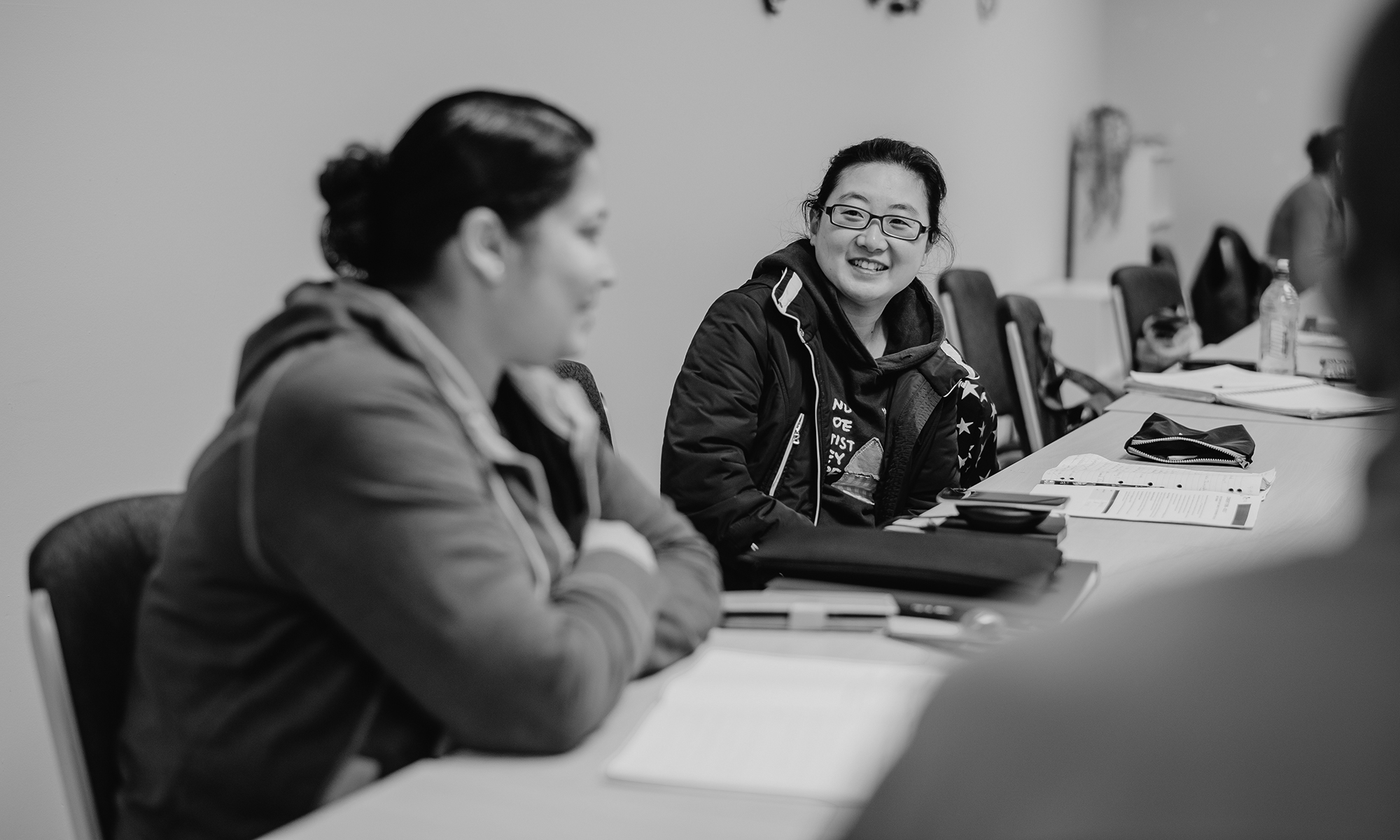Authors: Natasha Tan, Chue Shien, Cheryl Ong and Stephen Billett
Nanyan Technological University, Singapore and Griffith University
Edition: Volume 63, Number 3, November 2023
Introduction: There are growing expectations that tertiary education graduates will be ready for working life, that is, possessing the capacities to participate effectively in an occupational practice in a specific work situation. Yet, graduates are often unprepared to fulfil this expectation. In response, tertiary education increasingly includes workplace experiences (i.e., practicums, internships, & work placements). It is necessary to understand these experiences’ efficacy and their optimisation to promote work-life readiness. Drawing on students’ experiences of internships, this paper discusses what constitutes the value of internships in post-secondary diploma courses in Singapore. A quantitative analysis of interview data identified the contributions afforded through these experiences in workplaces – students’ intentional engagement, and their readiness for working life. Central here is how these contributions promote the development of the adaptability required for effective participation in contemporary working life. The analysis identifies challenges including students’ adapting to new work environments, navigating workplace practices, and developing occupational capacities. Workplace supervisors’ and host educational institutions’ support suggests interns’ adaptability can be enhanced by promoting the relations between the support they received, on the one hand, and their engagement with challenges during internships, on the other. These findings offer an understanding about the experiences and outcomes of interns’ learning through workplaces and offer implications for supporting and augmenting transitions into working life.
Keywords: internship, capacities, work readiness, adaptability, support, engagement
[feather share] Share a copy of this abstract.
This article is part of AJAL, Volume 63:3. The entire volume is available in .pdf for purchase here.
